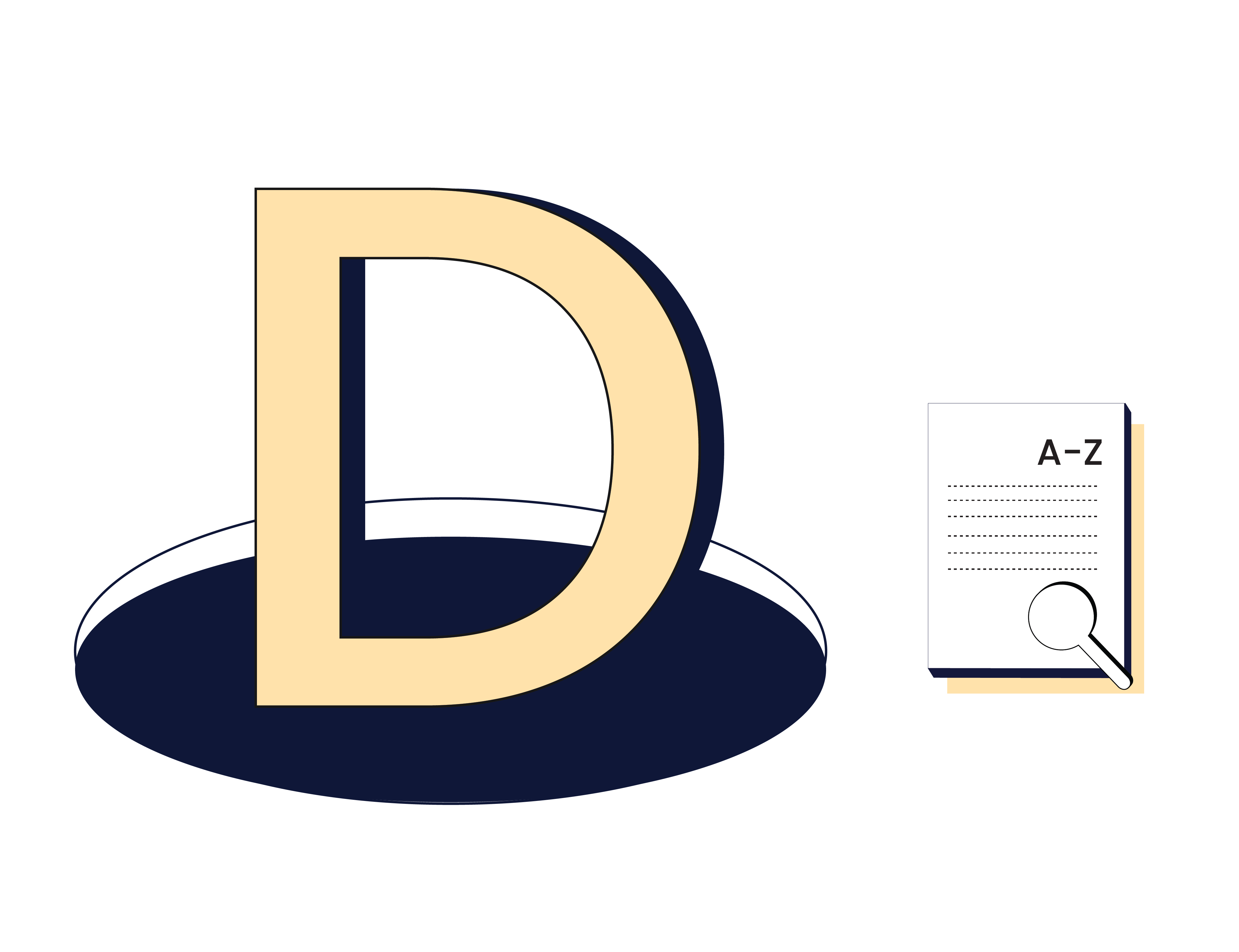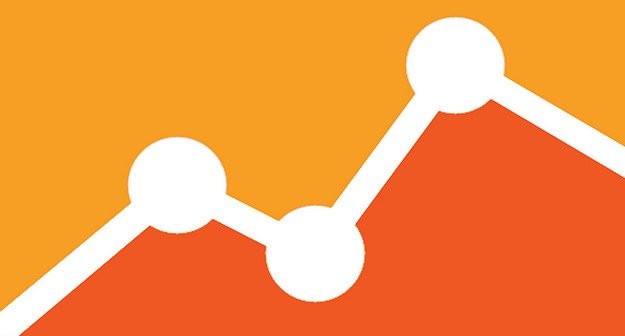Data Lineage

What is data lineage?
Data lineage is the process of understanding, recording, and visualizing data as it flows from data sources to consumption. This includes all transformations the data underwent along the way—how the data was transformed, what changed, and why.
Data lineage allows companies to:
- Track errors in data processes.
- Implement process changes with lower risk.
- Perform system migrations with confidence.
- Combine data discovery with a comprehensive view of metadata, to create a data mapping framework.
- Data lineage helps users make sure their data is coming from a trusted source, has been transformed correctly, and loaded to the specified location.
Related Resources

Establishing Organizational Digital Trust in Data
With big data powering the optimum business decision-making in this century, organizations need to generate trust in their data sources which otherwise proves to be a source of risk. Data is now ubiquitous — according to Statista, the aggregate data volume generated was 64.2 zettabytes in 2020, and it is only predicted to shoot upwards […]
Read More
What Can We Do With Metadata?
As the complexity of data and systems that hold data grows, the cost of analysis increases due to time and effort spent in figuring out the feasibility, appropriateness, access, and management of data. We believe that a number of new low-risk and valuable applications can be built through creative application of metadata that can help […]
Read More
From Raw Data to Revolutionary Insights: A Deep Dive into Data Product Architecture
The Oakland Coliseum was abuzz, the air thick with anticipation. In the dimly lit back office, Billy Beane, the General Manager of the Oakland Athletics, sat hunched over a cluttered desk. Papers were strewn everywhere, but Billy’s focus was on a single sheet filled with numbers, statistics, and player names. The Athletics, with one of […]
Read MoreStay updated on the latest and greatest at Scribble Data
Sign up to our newsletter and get exclusive access to our launches and updates


